Grape Variety
Semillon
"seh-mee-yohn"
Wine Styles
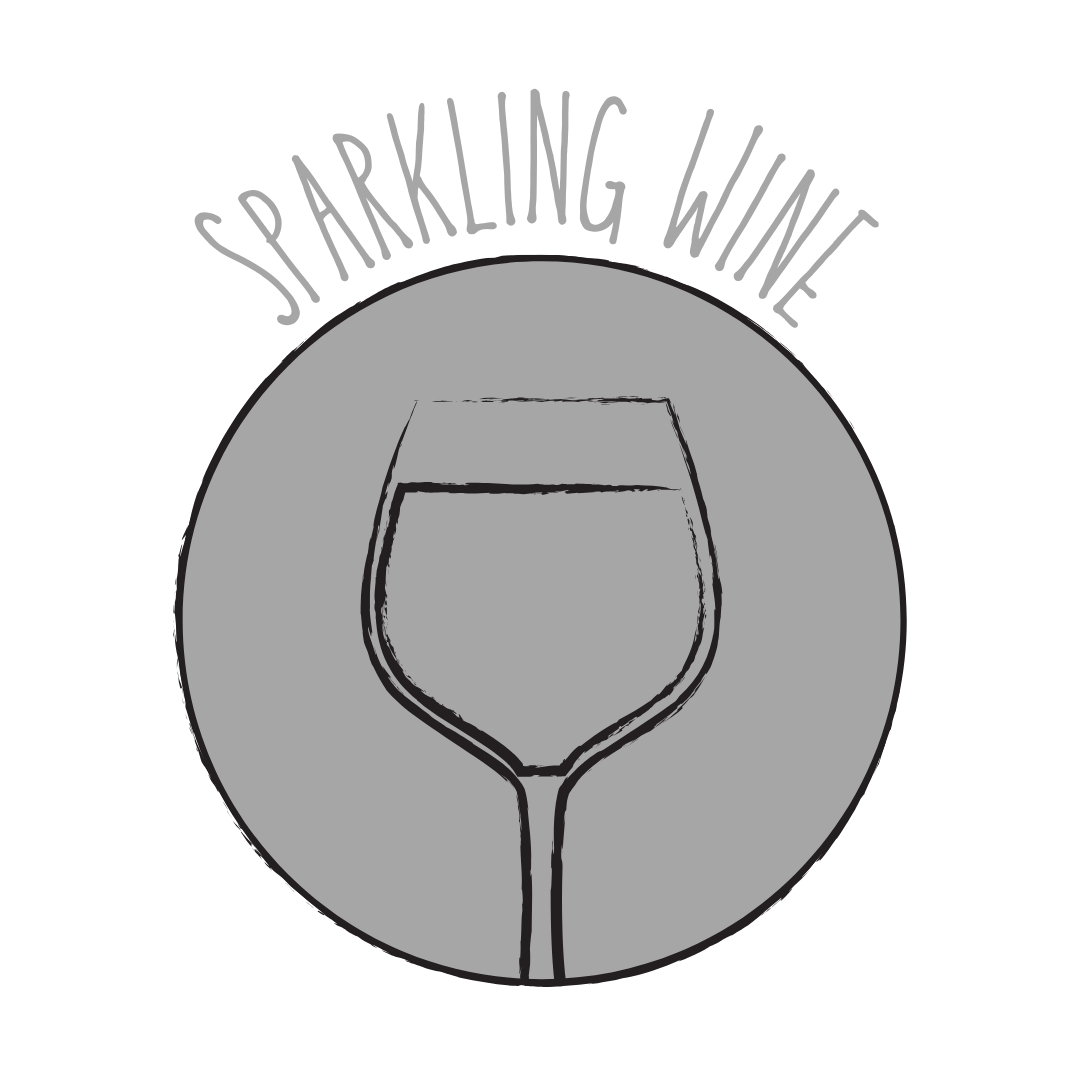 Sparkling
Sparkling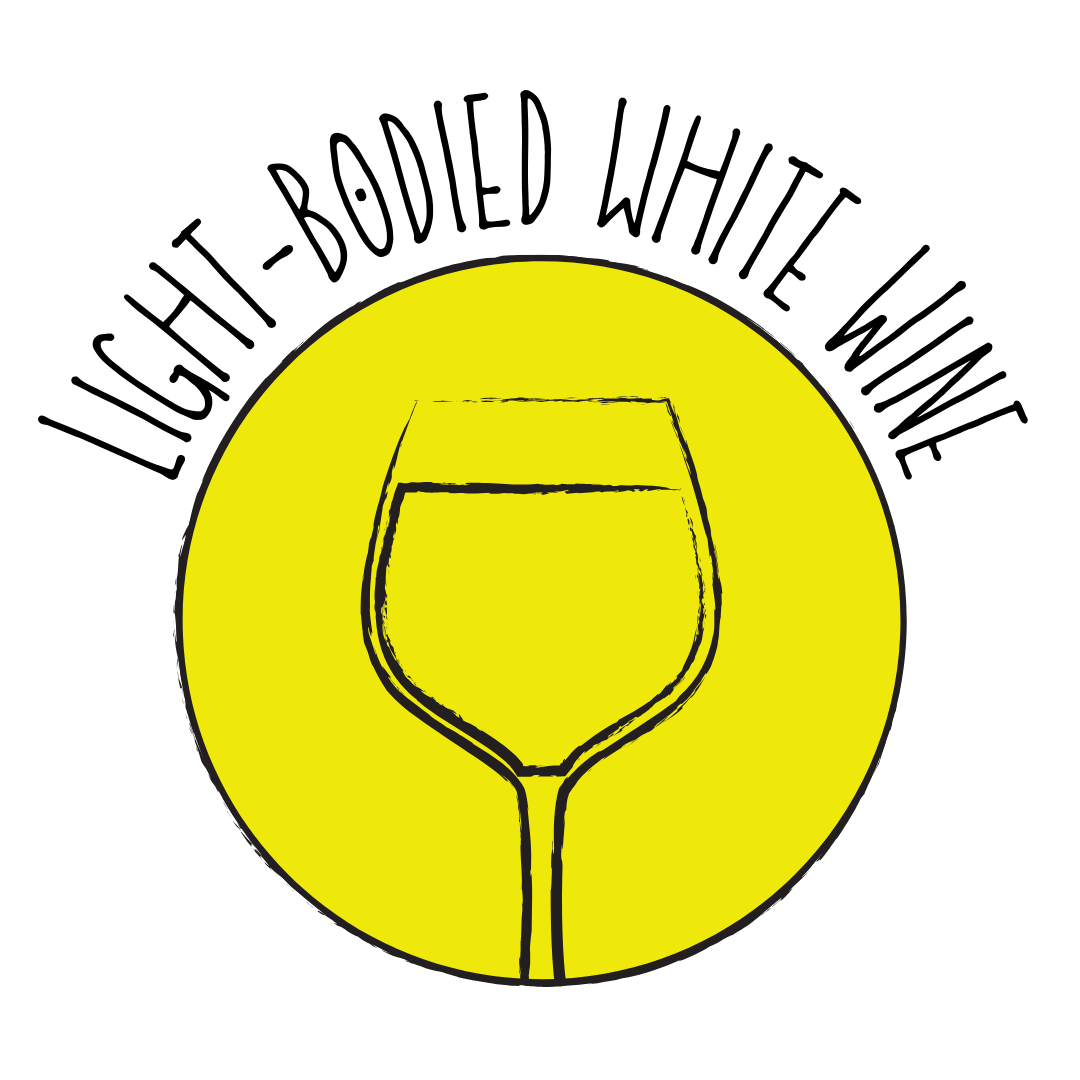 Light White
Light White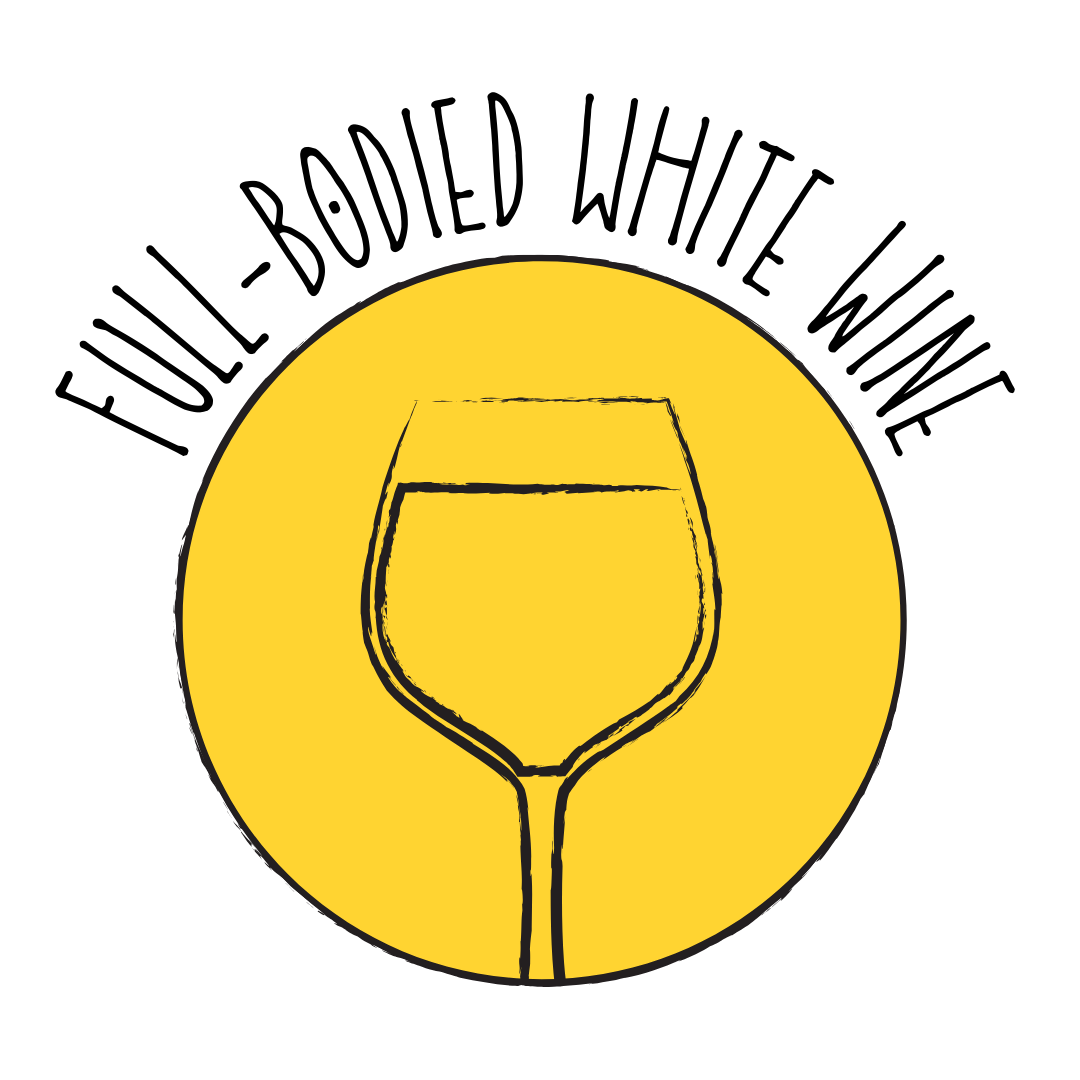 Full White
Full White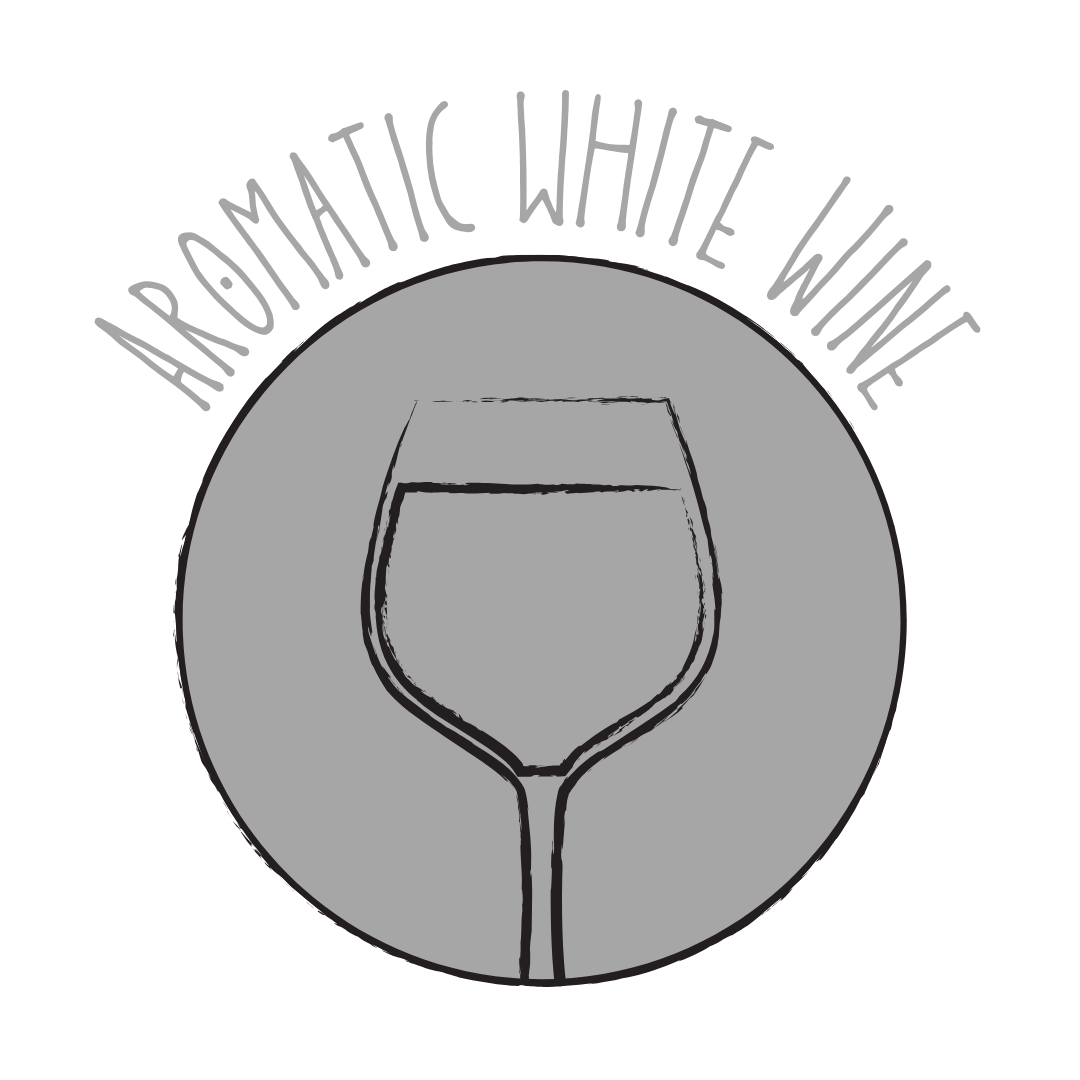 Aromatic
Aromatic Rosé
Rosé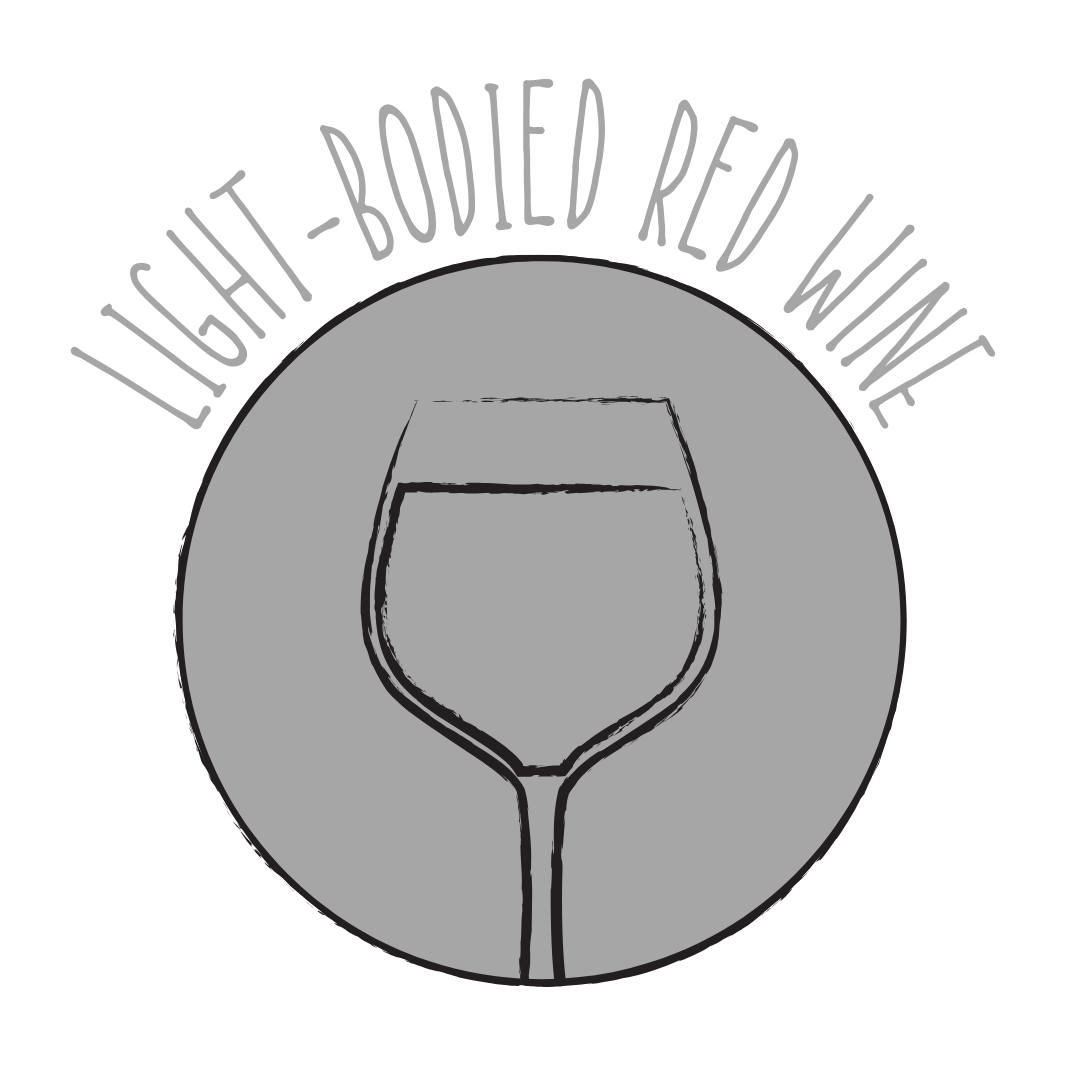 Light Red
Light Red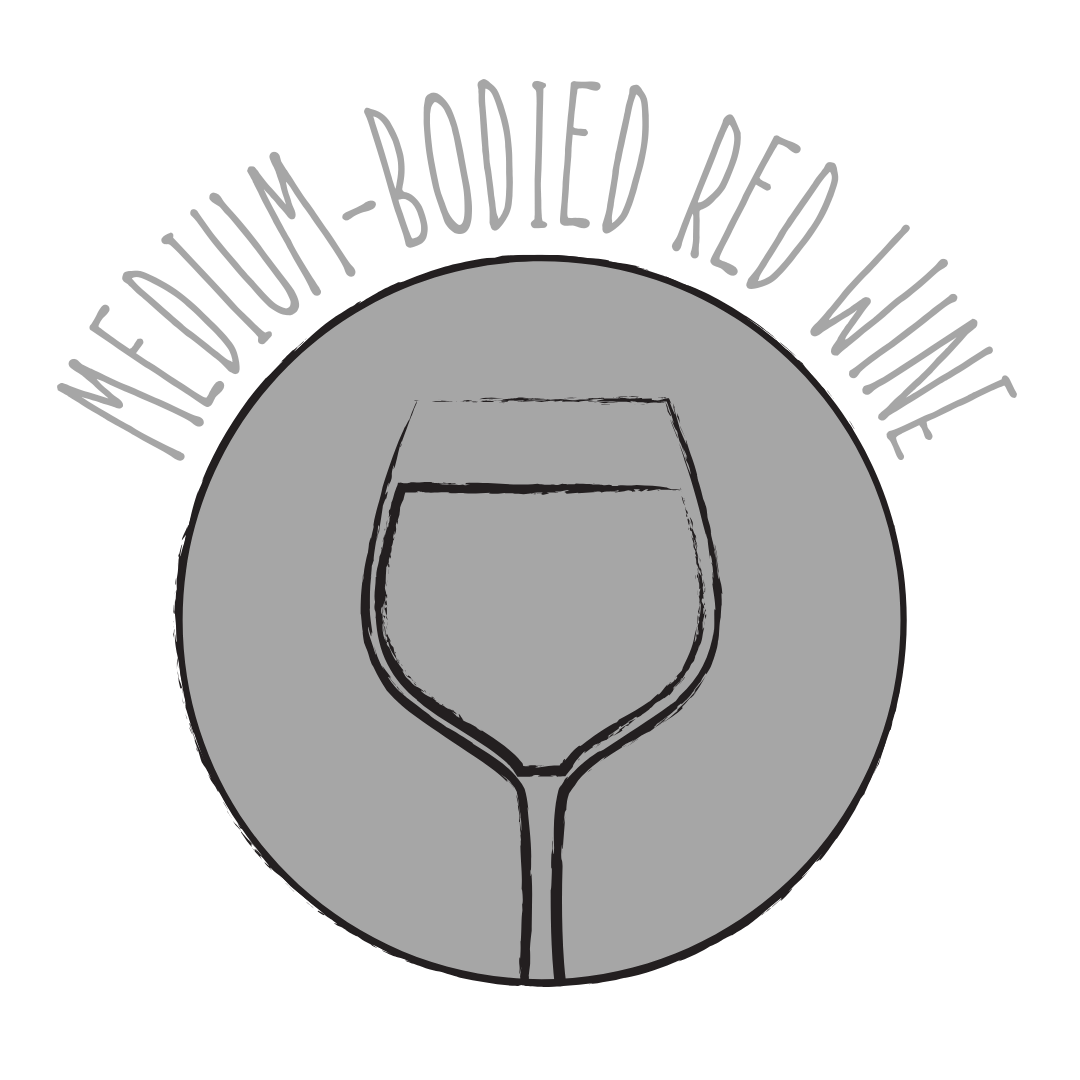 Medium Red
Medium Red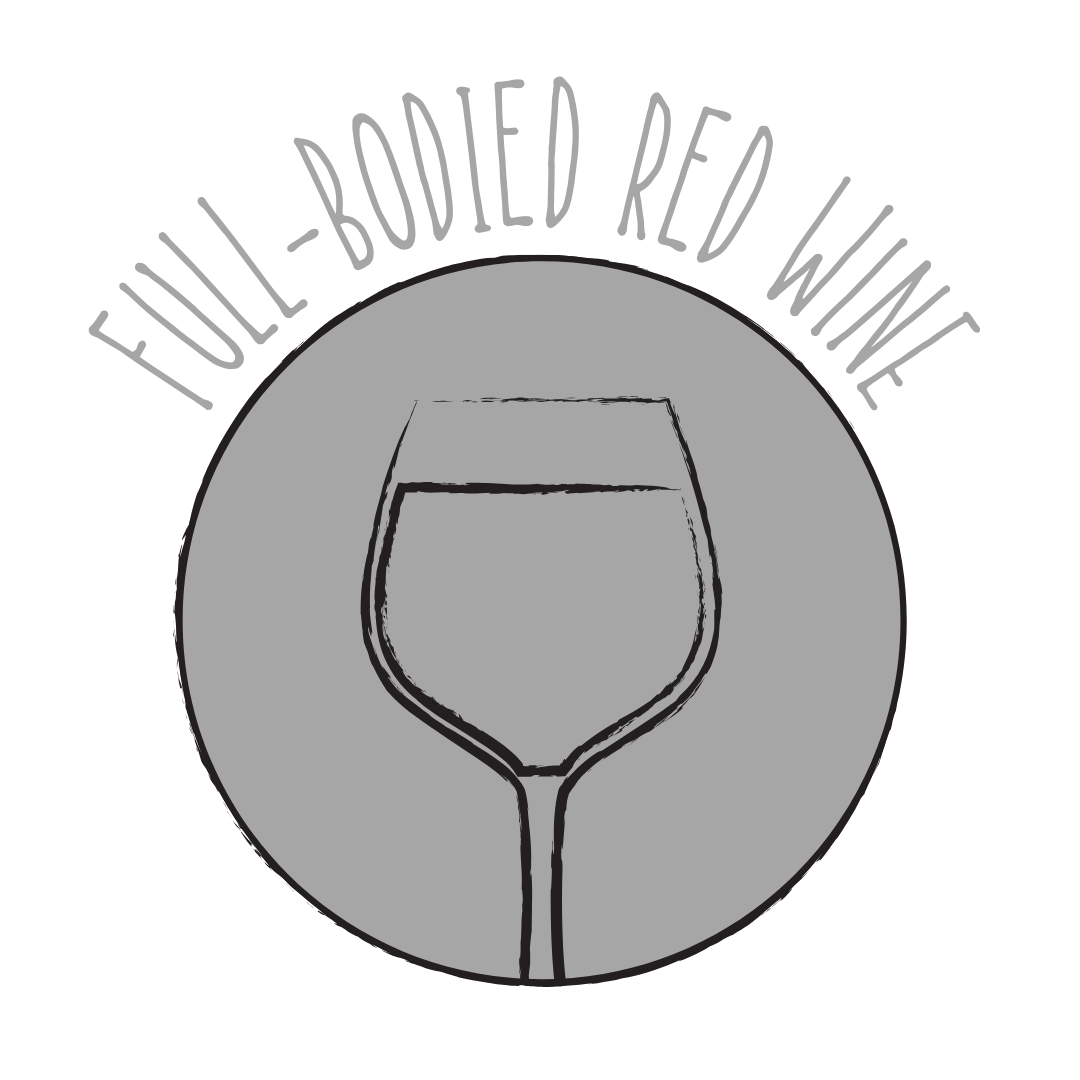 Full Red
Full Red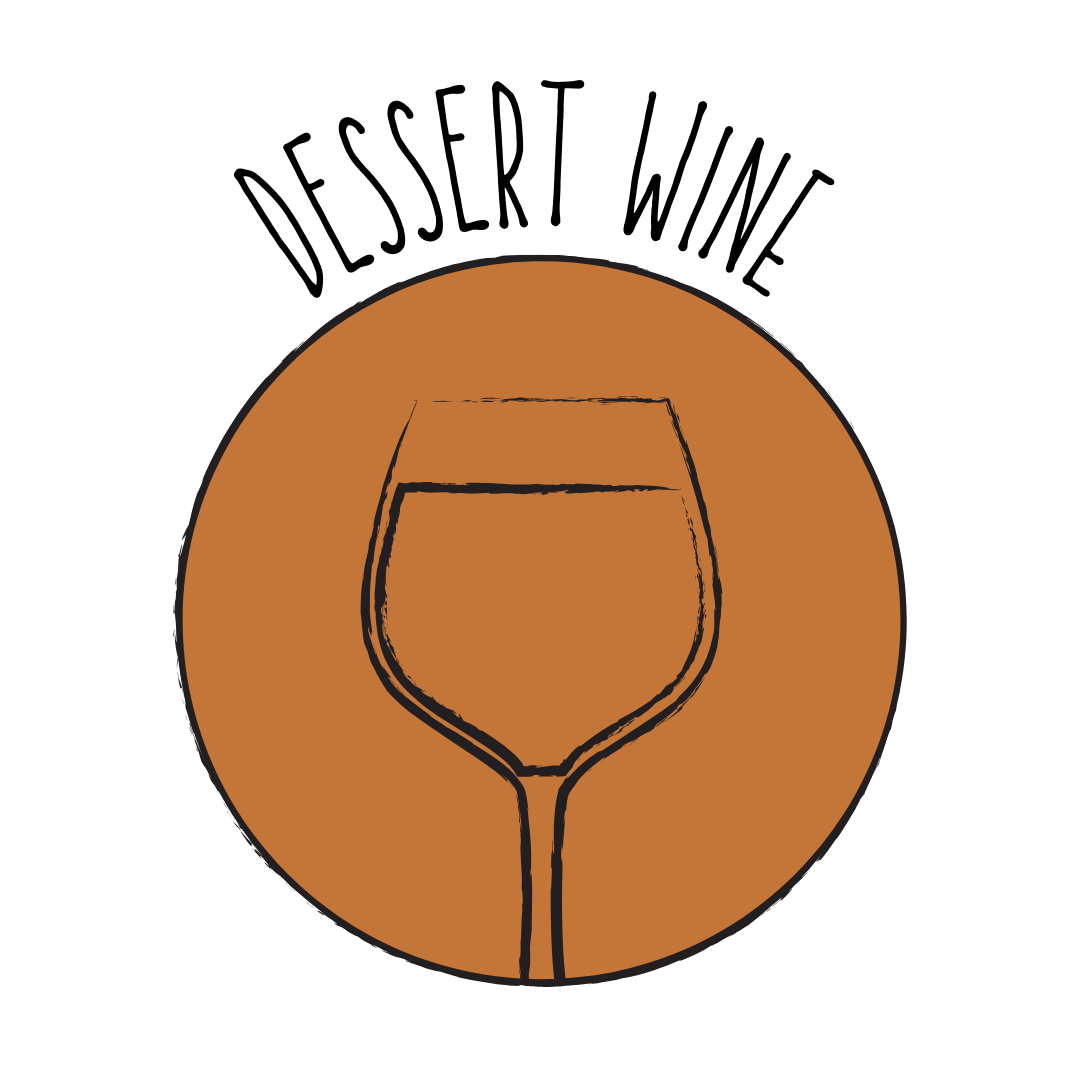 Dessert
DessertAbout Semillon
Origin
Bordeaux, France
History
Sémillon is a golden-skinned grape native to the Bordeaux region of France. Historically, it was one of the most planted white grape varieties globally, especially prominent in regions like South Africa and Chile. Its thin skin makes it particularly susceptible to Botrytis cinerea (noble rot), essential for producing renowned sweet wines like Sauternes and Barsac. Over time, Sémillon has found new expressions in various parts of the world, notably in Australia, where it has become a cornerstone of the Hunter Valley's wine identity.
Appearance
Small to medium-sized, golden-yellow berries with a thin skin, often developing a pinkish hue when fully ripe.
Growing Traits
Sémillon is relatively easy to cultivate, producing vigorous vines with consistent yields. It ripens early and thrives in regions with sunny days and cool nights. However, its thin skin makes it susceptible to diseases like Botrytis cinerea, which, while detrimental in many grape varieties, is desirable for producing sweet, botrytized wines.
Wine Characteristics
Body
4/5
Sweetness
2/5
Tannin
0/5
Acidity
3/5
Alcohol
3/5
Medium to full-bodied with a rich, oily texture, offering depth and complexity. Versatile in vinification, ranging from bone-dry to lusciously sweet, particularly in botrytized dessert wines. Negligible tannin levels, as it is a white grape variety used in white wine production. Moderate acidity, providing balance and aging potential, especially in cooler climates. Typically moderate, ranging from 11% to 13.5%, varying with style and region.
Taste Profile
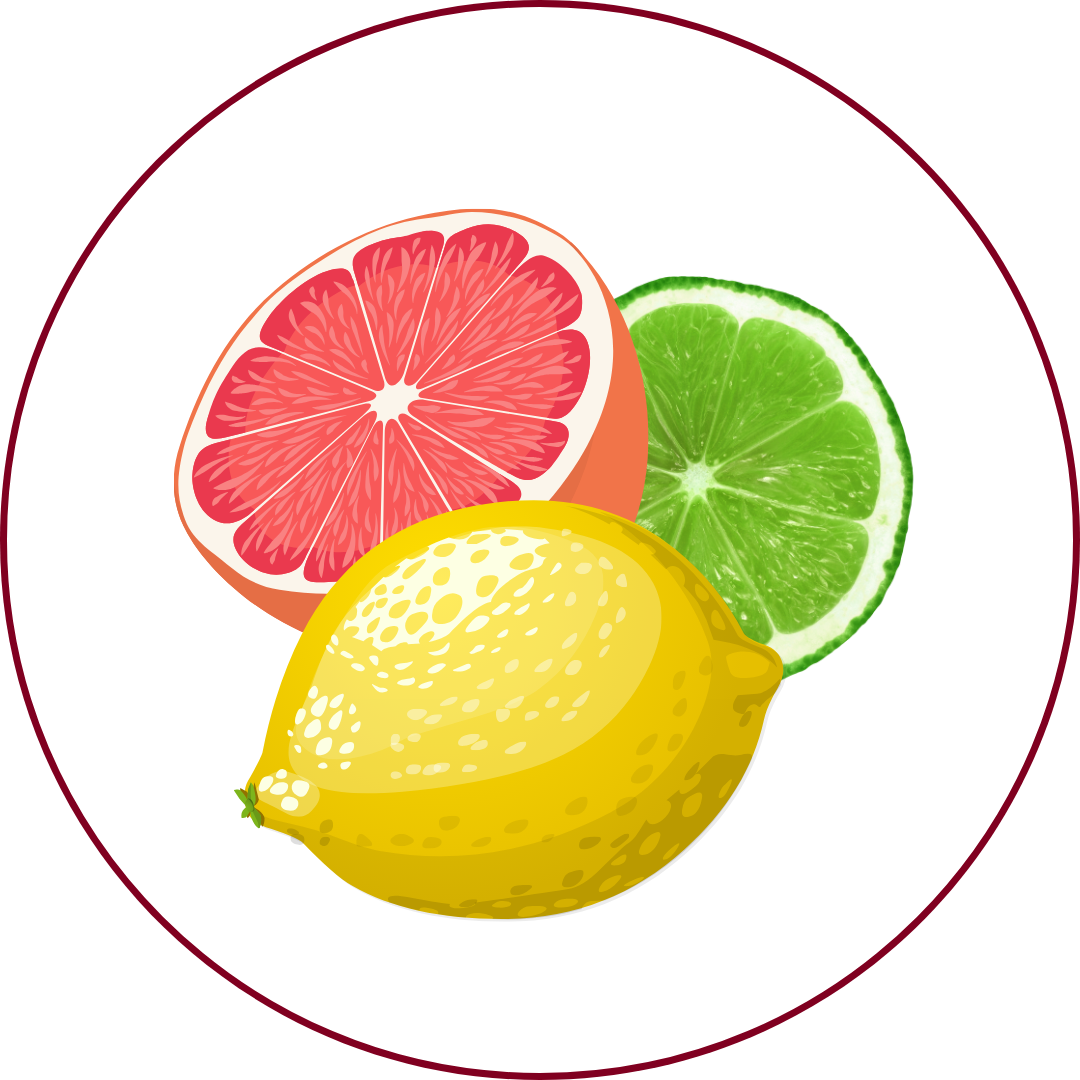
Citrus (lemon, lime)

Stone fruits (peach, apricot)
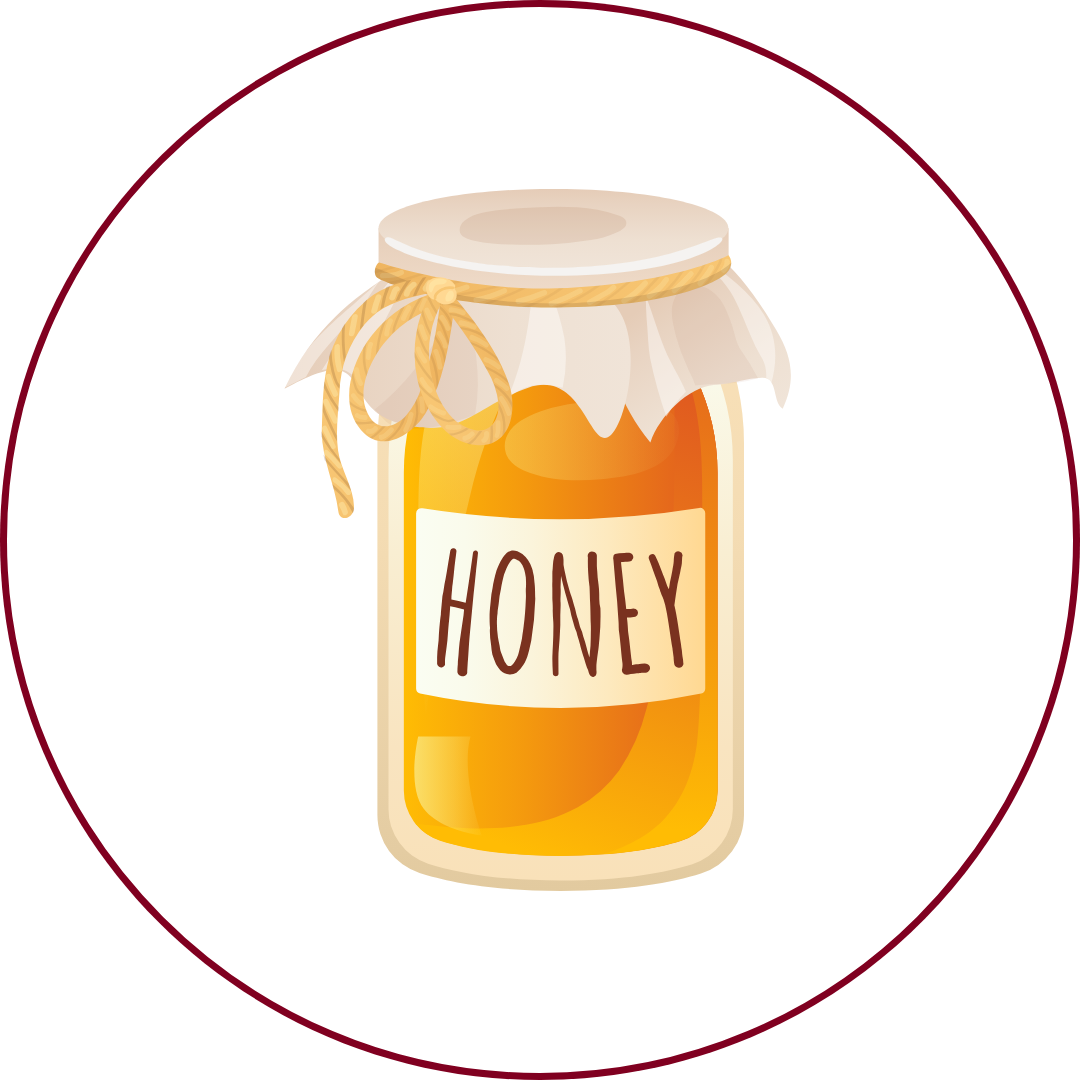
Honey
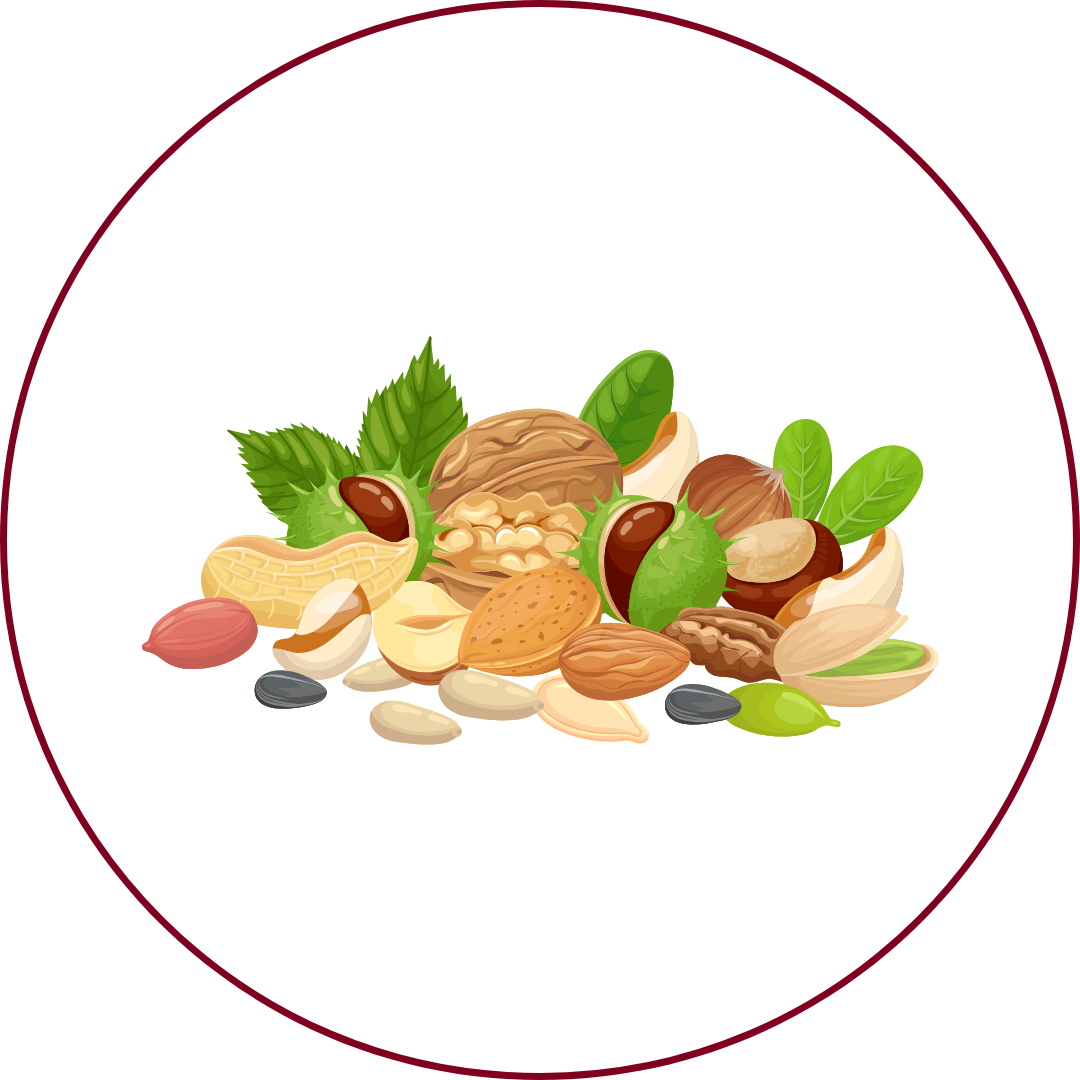
Nuts

Lanolin
Sémillon wines exhibit flavors of citrus and stone fruits when young, developing notes of honey, nuts, and lanolin with age. Sweet versions offer rich honey and dried apricot flavors, while dry styles can present grassy and herbal nuances, especially when blended with Sauvignon Blanc.
Food Pairing
Dry Sémillon pairs well with seafood, poultry, and dishes featuring creamy sauces, complementing flavors like lemon butter and herbs. Sweet Sémillon, such as Sauternes, is excellent with foie gras, blue cheeses, and desserts like tarte tatin, balancing sweetness with acidity.
Growing Regions

France
BordeauxBergerac

Australia
Hunter ValleyBarossa ValleyMargaret River

South Africa
FranschhoekStellenboschWestern Cape

Chile
Central Valley

United States
Washington StateCalifornia
Notable Wines & Producers
Château d'Yquem
Château d'Yquem
Tyrrell's Vat 1 Hunter Semillon
Tyrrell's Wines
Peter Lehmann Margaret Semillon
Peter Lehmann Wines
Semillon FAQ
Common questions about this grape variety
What is the origin of Semillon?
+
Bordeaux, France
Is Semillon wine full bodied?
+
Semillon has a body level of 4 out of 5. Which means that Semillon is Moderate to Full bodied.
Is Semillon wine dry or sweet?
+
Semillon has a dryness level of 2 out of 5. Which means that Semillon is Semi-Dry.
Where is Semillon wine from?
+
Bordeaux, France
Where is Semillon grown?
+
Semillon is grown in France (Bordeaux, Bergerac)Australia (Hunter Valley, Barossa Valley, Margaret River)South Africa (Franschhoek, Stellenbosch, Western Cape)Chile (Central Valley)United States (Washington State, California).
What is Semillon like?
+
Sémillon wines exhibit flavors of citrus and stone fruits when young, developing notes of honey, nuts, and lanolin with age. Sweet versions offer rich honey and dried apricot flavors, while dry styles can present grassy and herbal nuances, especially when blended with Sauvignon Blanc.
What does Semillon pair with?
+
Dry Sémillon pairs well with seafood, poultry, and dishes featuring creamy sauces, complementing flavors like lemon butter and herbs. Sweet Sémillon, such as Sauternes, is excellent with foie gras, blue cheeses, and desserts like tarte tatin, balancing sweetness with acidity.
What does Semillon taste like?
+
Sémillon wines exhibit flavors of citrus and stone fruits when young, developing notes of honey, nuts, and lanolin with age. Sweet versions offer rich honey and dried apricot flavors, while dry styles can present grassy and herbal nuances, especially when blended with Sauvignon Blanc.
Take Semillon Knowledge with You
Access detailed grape profiles, tasting notes, and pairing suggestions on your iPhone.
Download on theApp Store